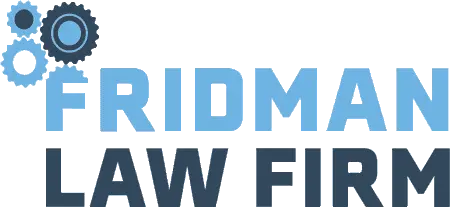One of the most commonly asked questions among New York investors in commercial real estate is how the classification of property works. You may have heard this classification system used countless times without knowing what it is.
It’s a huge asset to have at least a basic understanding of what makes a property fall into which of those three categories. For those playing the property game, learning to identify the differences in these property times is essential because it gives you the ability to easily break down information and see what’s important to you.
The standardized classification of commercial real estate is a way to simplify communication among professionals like investors, brokers, and lenders. This enables them to easily exchange information about properties amongst one another.
Who needs to know this?
From the perspective of the investor, understanding this language of classification is central to evaluating the risk in any given investment – as well as what the potential return is. Just as it makes the lives of brokers and lenders easier by allowing them to work more efficiently, investors use these classes to make snap decisions on properties when considering which investment to go with. There’s often no time to wait in this industry: Time is always of the essence in the life of an investor.
Based on characteristics like geographic location and physical attributes, properties are divided into one of three categories: Class A, Class B, or Class C. Class A properties are of the highest quality, and the value steps down progressively from B to C. It’s important to remember that commercial real estate investing is not an exact science.
Also involved in consideration of class are a property’s:
- Age
- Location
- Tenant income level
- Amenities
- Rental income
- Appreciation
Commercial real estate property classification is, above all, a way for investors and other professionals to quickly and easily communicate the quality and rating of a property. Speed is essential in this demanding, fast-paced industry, so it behooves you to learn the basics of this language if you’re in it.


